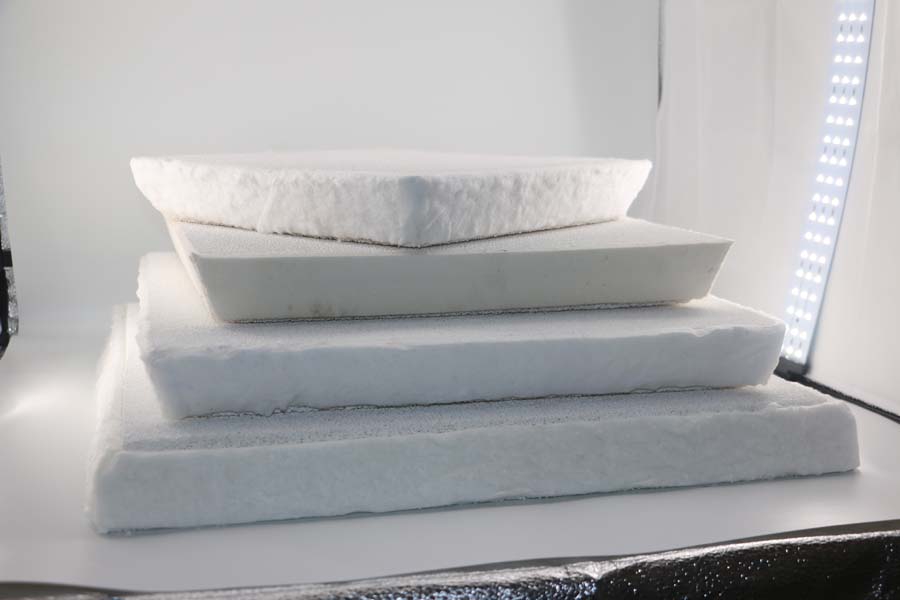
21 6月 Finland China Foundry Filter
Finland China Foundry Filter is used to purify the molten aluminum in the aluminum plate melting and casting workshop, remove large inclusions in the molten aluminum, and adsorb micron-sized particles of fine inclusions.
It can improve the surface quality, improve the performance of the product, improve the effect of the microstructure, and increase the yield. It is widely used in the production of aluminum profiles, aluminum foils, and aluminum alloys.
Finland China Foundry Filter product advantages
1. Adopting the principle of adsorption to filter, which can effectively remove large inclusions in molten aluminum, and effectively adsorb small inclusions of micron size, with high filtration accuracy for the same mesh size;
2. No slag drop, effectively reducing the pollution to molten aluminum;
3. Good thermal shock resistance and improved corrosion resistance to molten metal;
4. Automated assembly line production, three calibration procedures, accurate size, and more suitable for the cff filter box;
5. The function of improving surface quality, improving product performance, and improving microstructure.

The filter screen can only filter out large inclusions and a few small inclusions in the molten metal by mechanical sieving, and the aluminum silicate fiber filter screen can only be used for non-ferrous alloys and cast iron because of its low refractoriness and strength. And the filtration of small steel castings, it is difficult to withstand the impact of high temperature metal fluid for a long time.
Although the molybdenum wire developed in the United Kingdom and the boron nitride fibrous filter developed in the United States can be used to filter high-temperature alloys such as cast steel, their application is limited due to their high cost.
There are also straight-hole core ceramic filters and refractory particle filters used for casting alloy filtration. The filtering effect is unstable. The latter is easy to leak particles due to the non-adhesive effect between particles and is inconvenient to use.
Although the first sintered porous ceramic filter developed in the United States in the early 1970s solved the problem of easy leakage and inconvenience of refractory particle filters.
Like the straight-porous honeycomb ceramic filter first developed in the United States in the early 1980s, the porosity is still small, generally less than 50%, and the molten metal flow rate is low.
Finland is located between 60 degrees and 70 degrees north latitude, covering an area of 338,145 square kilometers, making it the seventh largest country in Europe. It is located in northern Europe, bordering Norway to the north, Sweden to the northwest, the Gulf of Bothnia to the west, Russia to the east, and the Baltic Sea and the Gulf of Finland to the southwest.
Finland’s forest coverage is about 80%, about 22.82 million hectares, 4.2 hectares per capita, and timber reserves of 2.189 billion cubic meters. The main mineral resources are copper, with a small amount of iron, nickel, vanadium, and cobalt. Peat resources are rich, with proven reserves of approximately 69.094 billion cubic meters, equivalent to 4 billion tons of oil. There are two nuclear power plants (four nuclear reactors) and a fifth reactor is under construction.


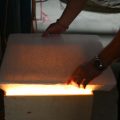
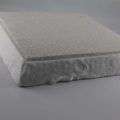
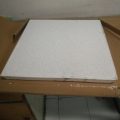
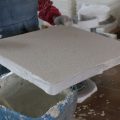
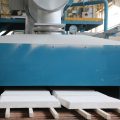
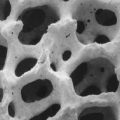
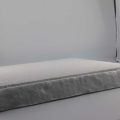
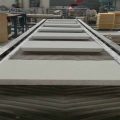
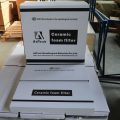
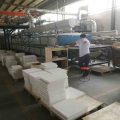
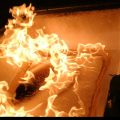
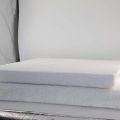
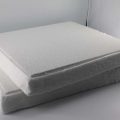
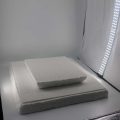
No Comments